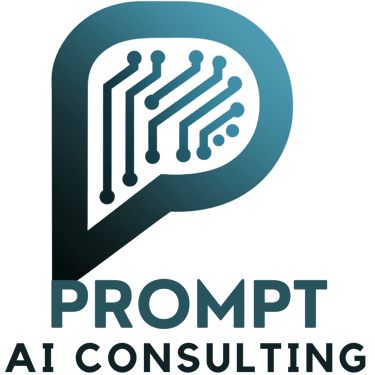AI Prompt Engineering Basics
AI prompt engineering is a crucial skill that involves crafting effective inputs (prompts) for artificial intelligence models, particularly language models. T
PROMPT ENGINEERINGAI PROMPTING


AI prompt engineering is a crucial skill that involves crafting effective inputs (prompts) for artificial intelligence models, particularly language models. This skill helps users communicate their needs clearly and elicits the desired responses from the AI. Here’s an extensive overview to help you understand this fascinating subject.
1. What is Prompt Engineering?
Prompt engineering refers to the process of designing prompts that guide AI systems to produce useful outputs. A well-constructed prompt can significantly improve the quality and relevance of the response generated by an AI model.
2. Key Components of Effective Prompts
To master AI prompt engineering, it’s important to understand several key components:
Clarity: The prompt should be clear and straightforward.
Context: Providing context helps the model understand what information is needed.
Specificity: Being specific about what you want can lead to more accurate results.
Format Instructions: If you need a certain format (e.g., list, paragraph), specify that in your prompt.
3. Types of Prompts
There are various types of prompts used depending on the task at hand:
Instructional Prompts: These tell the model exactly what action to perform.
Example: "Summarize this article in three bullet points."
Descriptive Prompts: These provide details or context for generating responses.
Example: "Describe how photosynthesis works in plants."
Conversational Prompts: These are designed for interactive dialogue with users.
Example: "What are some good strategies for studying effectively?"
4. Techniques for Crafting Effective Prompts
Here are practical techniques that can enhance your prompting skills:
Iterative Testing:
Experiment with different phrasings and structures until you find one that yields satisfactory results.
Use Examples:
Provide examples within your prompts when asking for creative outputs or specific formats.
Example: “Generate a poem like this example…”
Break Down Tasks:
For complex tasks, break them down into smaller parts within your prompts.
Example: “First, explain climate change; then suggest solutions.”
Limit Scope When Necessary:
Narrow down broad topics to get concise answers.
Example: Instead of asking “Tell me about history,” try “Explain World War II's causes.”
Incorporate Feedback Loops:
Use feedback from previous interactions with the AI to refine future prompts based on effectiveness.
5. Common Mistakes in Prompt Engineering
Avoid these common pitfalls while crafting prompts:
Being too vague or general
Overloading with excessive instructions
Not considering user intent
Failing to provide the necessary context
6. Applications of Prompt Engineering
Understanding prompt engineering opens up numerous applications across various fields:
Content Creation: Generate articles, blogs, or social media posts efficiently using tailored prompts.
Customer Support: Create automated responses for FAQs through precise questioning methods.
Education: Develop quizzes or summaries based on curriculum material using structured queries.
Research Assistance: Summarize research papers or generate hypotheses by guiding inquiries thoughtfully.
Mastering AI prompt engineering empowers individuals and organizations alike by enhancing communication with intelligent systems and maximizing their potential utility across diverse applications! By practicing clarity, specificity, and iterative refinement in crafting your prompts, you'll become adept at eliciting high-quality responses from any AI language model you encounter!